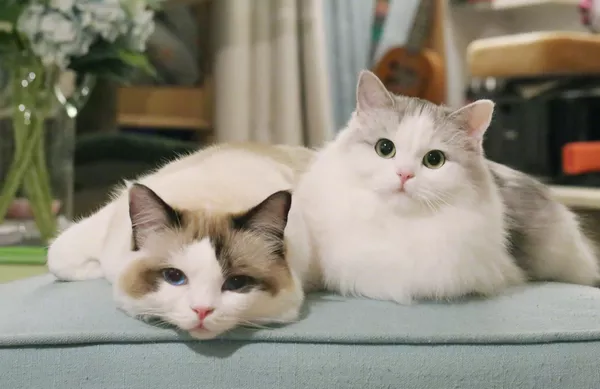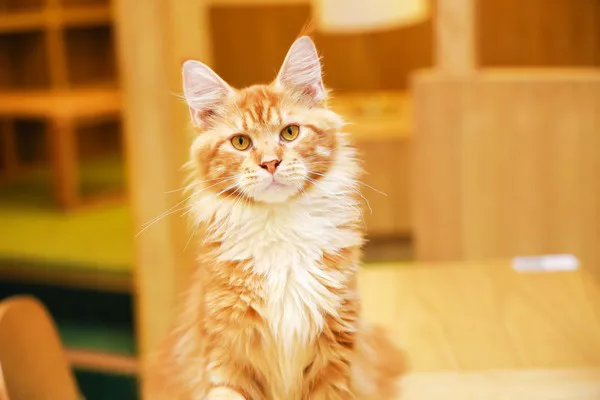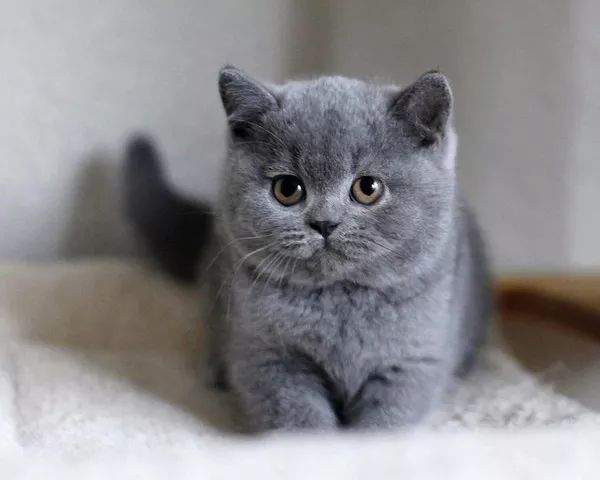The Ragdoll cat is a beloved and sought-after breed known for its gentle temperament and striking appearance. As responsible cat owners, understanding the reproductive aspects of our feline companions is crucial for their health and well-being. One of the essential aspects of cat reproduction is pregnancy, during which a female cat carries and nurtures her unborn kittens. In this article, we will explore the fascinating journey of pregnancy in Ragdoll cats, shedding light on the duration of their pregnancy and the important stages of this miraculous process.
1. The Enchanting Ragdoll Cat:
The Ragdoll cat is a breed with a captivating personality and unique physical attributes. Developed in the 1960s, Ragdolls are renowned for their large size, striking blue eyes, and semi-long, plush fur. Ragdolls are characterized by their docile and affectionate nature, earning them the nickname “puppy cats” due to their tendency to follow their human companions around and their love for cuddling.
2. The Feline Reproductive Cycle:
Understanding the feline reproductive cycle is essential in comprehending the duration of a Ragdoll cat’s pregnancy. Female cats, like most mammals, experience estrus or “heat” cycles, during which they become sexually receptive and fertile. These cycles are influenced by hormonal changes, and cats typically go through several heat cycles during the breeding season.
3. The Mating Process:
To initiate pregnancy in Ragdoll cats, successful mating between a male and a female cat must occur. During the heat cycle, female cats release pheromones and display behavioral changes to attract potential mates. Male cats, or toms, are drawn to these pheromones and will engage in courtship behaviors, eventually leading to mating.
4. The Duration of Pregnancy in Ragdoll Cats:
Once mating is successful, the female Ragdoll cat enters a state of pregnancy, during which she carries and nurtures her unborn kittens. The duration of pregnancy, also known as gestation, in Ragdoll cats is remarkably similar to that of other domestic cat breeds.
The average duration of pregnancy in Ragdoll cats is approximately 63 to 67 days. However, individual variations can occur, and the gestation period may range from 60 to 72 days. As the due date approaches, attentive cat owners may notice behavioral changes and physical signs indicating that labor and delivery are imminent.
5. The Stages of Pregnancy:
Pregnancy in Ragdoll cats can be divided into distinct stages, each characterized by specific developmental milestones:
a) Early Pregnancy: In the early stages of pregnancy, the fertilized eggs begin to divide and form tiny embryos. During this period, the growing embryos move through the fallopian tubes and into the uterus, where they will continue to develop.
b) Mid-Pregnancy: Around the midpoint of the pregnancy, the embryos develop into recognizable fetuses with distinct features. The mother’s abdomen begins to expand as the kittens grow, and her nipples may become more prominent.
c) Late Pregnancy: As the due date approaches, the kittens become more fully developed, and their movements may be visible through the mother’s abdominal wall. The expectant mother may seek out quiet and secluded spaces to prepare for labor and delivery.
6. Preparing for Labor and Delivery:
As the pregnancy progresses, it is essential for cat owners to create a comfortable and secure environment for the expectant mother. Providing a quiet nesting area with soft bedding and easy access to food and water can help ensure the mother’s comfort during labor and the early postpartum period.
7. Signs of Impending Labor:
In the final days leading up to labor, Ragdoll cats may exhibit certain signs indicating that delivery is imminent:
a) Nesting Behavior: The expectant mother may become restless and display nesting behaviors, such as rearranging bedding or seeking out secluded spaces.
b) Decreased Appetite: A decrease in appetite is common as the mother’s body prepares for labor.
c) Increased Affection: Some pregnant cats become more affectionate and seek extra attention and comfort from their owners.
d) Temperature Drop: A significant drop in the mother’s body temperature may occur 24 to 48 hours before labor.
8. Labor and Delivery:
During labor, the mother will experience contractions as she gives birth to each kitten. It is crucial for cat owners to monitor the process closely and provide support if needed. However, it is essential to respect the mother’s instincts and avoid unnecessary interference.
9. Postpartum Care:
After the delivery of the kittens, the mother will take on the responsibility of cleaning and nursing her offspring. Ensuring that the mother and kittens have a quiet and stress-free environment during the postpartum period is vital for their well-being.
10. Seeking Veterinary Care:
Throughout pregnancy and the postpartum period, it is essential to seek veterinary care to monitor the health of the expectant mother and her kittens. Regular check-ups, vaccinations, and proper nutrition are crucial to ensuring the health and well-being of the feline family.
Conclusion:
The journey of pregnancy in Ragdoll cats is a miraculous and awe-inspiring process. Understanding the duration of pregnancy, which typically lasts around 63 to 67 days, and the stages involved is essential for cat owners to provide the necessary care and support to their expectant mother. Creating a nurturing and comfortable environment, seeking veterinary care, and respecting the mother’s instincts during labor and delivery contribute to a positive and rewarding experience for both the Ragdoll cat and her human companions. As the mother welcomes her adorable kittens into the world, the bond between the feline family and their devoted human caretakers grows stronger, reflecting the enduring connection between cats and their owners.



























